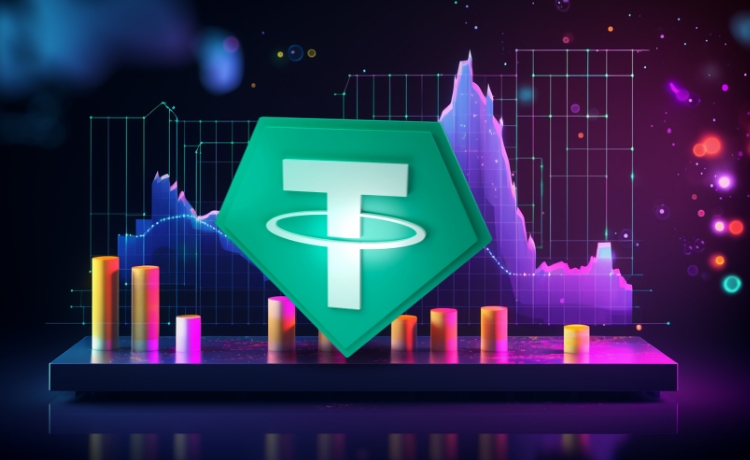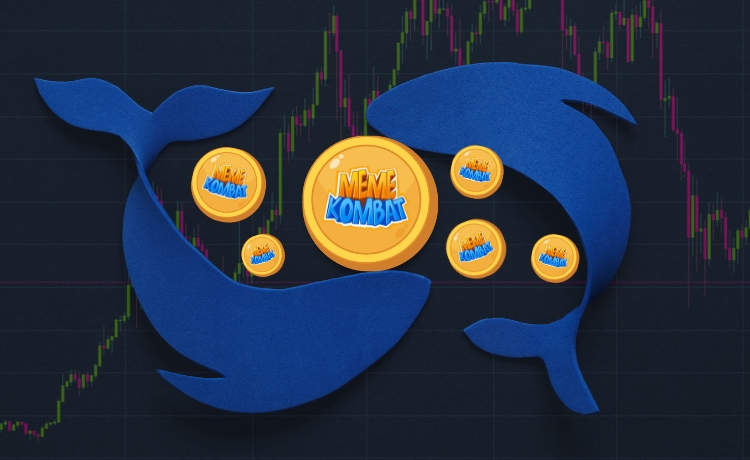Tether is a fiat-collateralized stablecoin created by Brock Pierce, Craig Sellars, and Reeve Collins in July 2014. Tether was launched to address two fundamental flaws with existing cryptocurrencies: excessive volatility and fiat currency convertibility. This coin is intended to be pegged at USD1 per token, with Tether holding USD1 in reserve assets for each USD token created. Tether also offers stablecoins for various currencies, as well as a gold-linked stablecoin. This token is one of the earliest and largest stablecoins, frequently used by cryptocurrency investors.
What are Stablecoins?
A stablecoin is a cryptocurrency designed to solve the short-term volatility of cryptocurrencies.
Tether is extremely popular among buyers, sellers, and corporations due to its stability and interoperability with multiple blockchain networks. USDT allows traders to hedge their investments against turbulent market conditions, providing a relatively secure haven from market volatility. Stablecoins seek an alternative to the extreme volatility of popular cryptocurrencies such as Bitcoin (BTC), which might render cryptocurrency unsuitable for daily transactions. USDT bridges the gap between traditional finance and the crypto realm by allowing users to swiftly and efficiently move wealth across borders.
Regulatory Concerns Surrounding Tether and Stablecoin Market
Tether Limited, the company that issues and manages USDT, has complete control over the distribution and management of USDT. This centralized authority raises questions about transparency and control. Stablecoins and other crypto assets are vulnerable to operational risks such as fraud and cyber attacks. These dangers emerge from various factors, including the crypto ecosystem’s transparency and complexity, the extensive use of third-party vendors such as exchanges and custody services, and a lack of remedies for stolen or lost cryptocurrencies.
These challenges are worsened by insufficient regulation throughout the crypto ecosystem, including concerns about the operational and financial viability of stablecoin issuers and external service suppliers. Regulators are paying close attention to these concerns and are working to create rules and regulations for stablecoins, alternative crypto-assets, and crypto-asset suppliers. A stablecoin-based payment mechanism may have new or increased risks compared to existing payment methods; for example, the fundamental distributed ledger system, which is still in its earliest phases, may have unexpected faults.
Combining Stablecoins and Gambling: A Regulatory Quagmire
The regulatory environment for stablecoins differs significantly between jurisdictions. Because of this lack of consistency, stablecoin and online Tether casino operators may struggle to grasp their legal requirements. Most nations have stringent AML and KYC rules for financial transactions, including stablecoin transfers. When adopting stablecoins as payment options, online gambling platforms must follow certain rules. It can be challenging due to the unknown nature of many stablecoin transactions.
Casino games are frequently subject to strict consumer protection legislation since they involve risk and can lead to addiction concerns. Combining stablecoins with Tether casino games may raise questions regarding reward transparency, game fairness, and the possibility of reclaiming lost monies. Using stablecoins for gambling may have tax ramifications for gamers and gambling providers, depending on the jurisdiction. Due to the anonymity of stablecoin transactions, recording and reporting them can be difficult.
Final Thought
Tether (USDT) has long been a critical player in cryptocurrencies, particularly stablecoins. It has grown in fame and controversy over the years. Unlike traditional banking institutions, Tether does not provide periodic audits or clear information regarding the backing of its USDT coins. The lack of transparency aroused concerns and suspicions among the crypto community. Tether dominates the stablecoin market with a market cap of over $83 billion, but worries over transparency and security highlight possible risks for investors.






